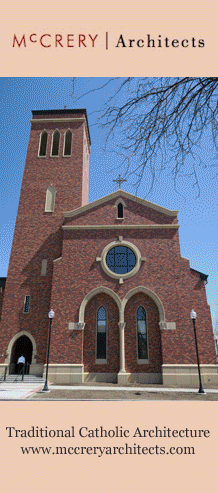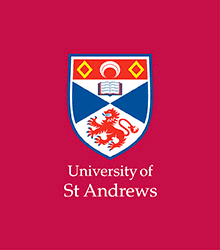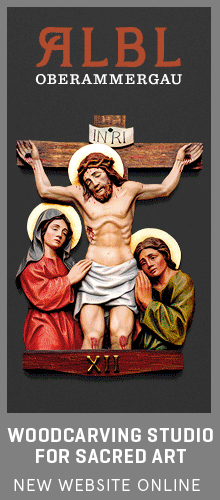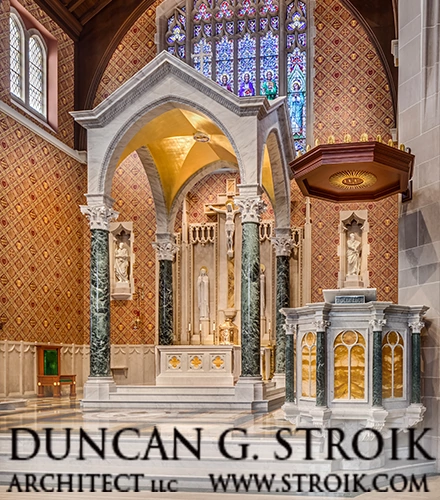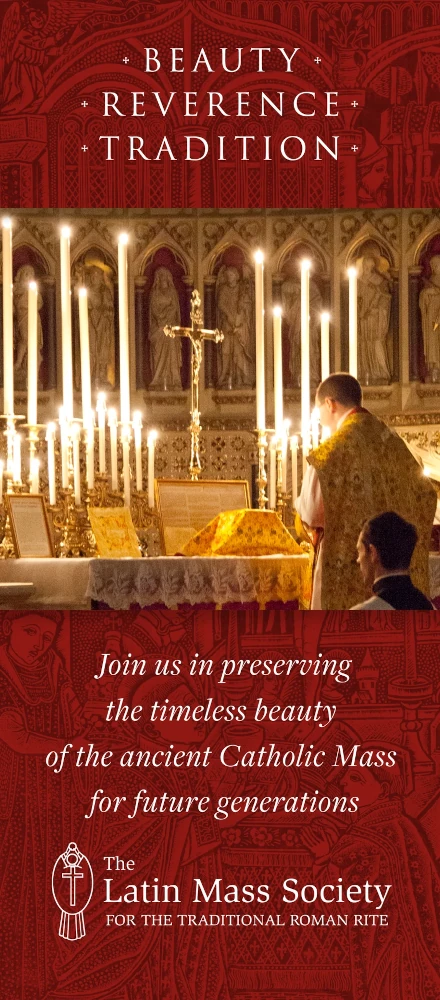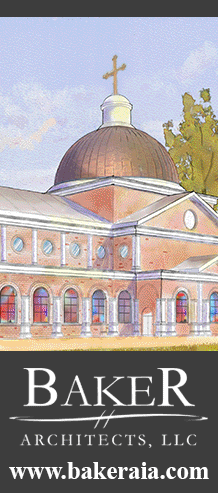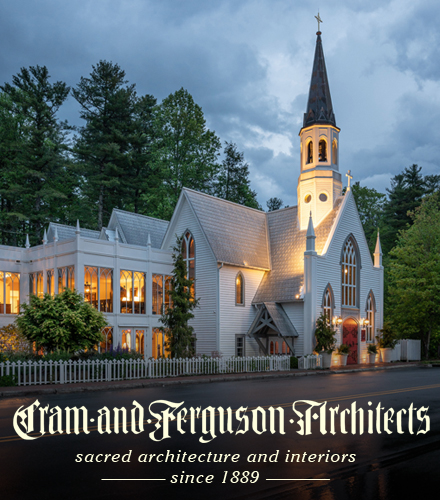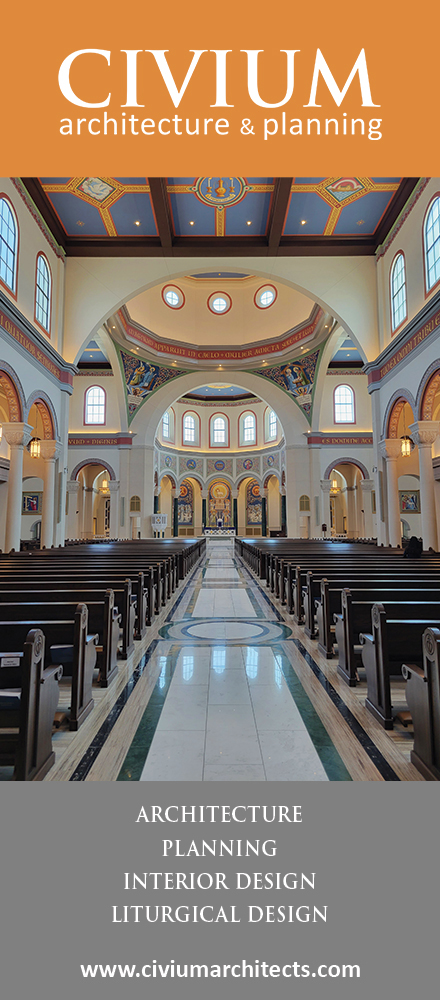[Sandro Magister at Chiesa has this to say today on Pope Benedict's recent thoughts on sacred music.]
Bertone takes Sodano’s place. But an important shift is also taking place in liturgical music. The way was pointed out by a concert with the pope in the Sistine Chapel, conducted by maestro Bartolucci
ROMA, June 27, 2006 – Step by step, Benedict XVI is impressing a new form and a new style on the governance of the universal Church.
Recent days were marked by the announcement of a change in the secretary of state: from Angelo Sodano to Tarcisio Bertone.
But another event orchestrated by pope Joseph Ratzinger is of no less importance: the concert conducted in the Sistine Chapel, on Saturday, June 24, by maestro monsignor Domenico Bartolucci.
With this concert, Benedict XVI has symbolically restored the Sistine Chapel to its true maestro. Because the famous chapel is not only the sacred place decorated with the frescoes of Michelangelo, it also gives the name to the choir that for centuries has accompanied the pontifical liturgies.
Maestro Bartolucci was named the “perpetual” director, the director for life, of the Sistine Chapel by Pius XII in 1959. Under this and later popes, he was an outstanding interpreter of the liturgical music founded upon Gregorian chant and sacred polyphony. But after a long period of opposition, in 1997 he was dismissed and replaced by a choirmaster thought to be more fitting for the “popular” music dear to John Paul II.
Bartolucci’s replacement was the finishing stroke of the almost complete elimination of Gregorian chant and polyphony as desired by the authors of the postconciliar liturgical reform.
The person responsible for Bartolucci’s removal in 1997 was the master of pontifical ceremonies, Piero Marini, still in service with Benedict XVI although close to his own dismissal. Marini brought in monsignor Giuseppe Liberto as head of the Sistine Chapel, having noticed and appreciated his work as music director during John Paul II’s visits to Sicily. It was easy to get pope Karol Wojtyla’s permission for the maneuver.
At the time, the only significant figure in the Roman curia who came to Bartolucci’s defense was Ratzinger, for reasons that were both musical and liturgical, as he explained in essays and books.
His positions then were isolated. But with his election as pope, Ratzinger immediately indicated his intention to proceed, in the liturgical and musical field, with what he calls “the reform of the reform.”
This was clear from the inaugural Mass of his pontificate in St. Peter’s Square, the celebration of which was distinguished by a classical style that had been overshadowed in the mass rituals of his predecessor.
It was clear from one of his first changes in the Roman curia, when he replaced the secretary of the Vatican Congregation for Divine Worship.
In the areas of liturgy and music, Benedict XVI knows that decrees from the authorities are not enough. His intention is that of reeducating more than issuing orders. The concert by maestro Bartolucci in the Sistine Chapel is one of these teaching moments that the pope wants to leave a mark.
In the concert, Bartolucci masterfully executed an offertory, two motets, and a “Credo” by Giovanni Pierluigi da Palestrina, the prince of sacred Roman polyphonic music and maestro of the Sistine Chapel until the end of the 1500’s.
But he also executed some of his own compositions: three motets, an antiphon, a hymn, and an “Oremus pro Pontifice nostro Benedicto,” composed in 2005 after Ratzinger’s election as pope.
The juxtaposition of ancient and modern polyphony was not a casual one. Speaking at the end of the concert, Benedict XVI noted:
“All of the selections we have listened to – and especially in their entirety, where the 16th and 20th centuries stand parallel – agree in confirming the conviction that sacred polyphony, in particular that of what is called the ‘Roman school’, constitutes a heritage that should be preserved with care, kept alive, and made better known, for the benefit not only of the scholars and specialists, but of the ecclesial community as a whole. [...] An authentic updating of sacred music can take place only in the lineage of the great tradition of the past, of Gregorian chant and sacred polyphony.”
Before this, maestro Bartolucci had addressed Benedict XVI:
“Most blessed Father, we all know the great love of Your Holiness for the liturgy, and thus for sacred music. Music is the art that has benefited the liturgy of the Church most of all: the space for the choir represented its cradle, thanks to which the Church was able to form the language that we admire today. The most beautiful examples that the faith of past centuries has left to us and which we must keep alive are Gregorian chant and polyphony: these require a constant practice capable of enlivening and animating divine worship.”
Among the prelates of the Roman curia present at the concert were Marini and Liberto. But Benedict XVI’s attention was entirely dedicated to maestro Bartolucci – a vigorous 89 years old, – his choir, and the superb quality of their performances.
The pope defined these as “a vehicle of evangelization,” but he doesn’t want them to remain simply the matter of concerts, but rather that they should again animate and adorn the liturgies. Beginning with the pontifical liturgies.
This is the road ahead. By restoring the Sistine Chapel to maestro Bartolucci, Benedict XVI has pointed it out in an unmistakable way.
Tuesday, June 27, 2006
A Change of Tune in the Vatican – And Not Only in the Secretariat of State
Shawn TribeMore recent articles:
The Feast and Sunday of St John ClimacusGregory DiPippo
In the Byzantine liturgy, each of the Sundays of Lent has a special commemoration attached to it. The first Sunday is known as the Sunday of Orthodoxy, because it commemorates the defeat of iconoclasm and the restoration of the orthodox belief in the use of icons; many churches have a procession in which the clergy and faithful carry the icons, as...
The Story of Susanna in the Liturgy of LentGregory DiPippo
In the Roman Rite, the story of Susanna is read as the epistle of Saturday of the third week of Lent, the longest epistle of the entire year. This episode is not in the Hebrew text of Daniel, but in the manuscripts of the Septuagint, it appears as the beginning of the book, probably because in verse 45 Daniel is called a “younger man”, whic...
A New Edition of the Monastic Breviary Available SoonGregory DiPippo
The printing house of the Monastère Saint-Benoît in Brignole, France, Éditions Pax inter Spinas, is pleased to announce the re-publication of the two volumes of the last edition (1963) of the traditional Latin Monastic Breviary.The Breviary contains all that is necessary to pray the complete Monastic Divine Office of Matins, Lauds, Prime, Terce, S...
A Mid-Western Saint from Rome: Guest Article by Mr Sean PilcherGregory DiPippo
Thanks once again to our friend Mr Sean Pilcher, this time for sharing with us this account of the relics of a Saint from the Roman catacombs, which were brought to the cathedral of Dubuque, Iowa, in the 19th century. Mr Pilcher is the director of Sacra: Relics of the Saints (sacrarelics.org), an apostolate that promotes education about relics, and...
Fons et Culmen Sacred Liturgy Summit - July 1–4, Menlo Park, CaliforniaJennifer Donelson-Nowicka
You are cordially invited to the Fons et Culmen Sacred Liturgy Summit, which will be held from July 1-4, in Menlo Park, California!Fons et Culmen Sacred Liturgy Summit gathers together Catholics who love Christ, the Church, and the Church’s sacred liturgical tradition for: - the solemn celebration of the Mass and Vespers; - insightful talks on...
A Lenten Station Mass in the Roman ForumGregory DiPippo
Today’s Mass is one of the series instituted by Pope St Gregory II (715-31) when he abolished the older custom of the Roman Rite, by which the Thursdays of Lent were “aliturgical” days on which no Mass was celebrated. The station appointed for the day is at the basilica of Ss Cosmas and Damian, which was constructed by Pope St Felix IV (526-30) in ...
Do Priests or Religious Need Special Permission to Pray a Pre-55 Breviary?Peter Kwasniewski
On occasion, I receive an email like the following (in this case, from a seminarian): “Do you happen to know of any sources/authoritative references which you could point me to that explain why praying the Pre-55 Breviary definitely satisfies the canonical obligation for clerics or religious? As I am strongly desirous of the Pre-55 Liturgy, I ...
Early Bird Registration Discount for CMAA Colloquium Ends March 31st!Jennifer Donelson-Nowicka
Join us this summer for world-class training in the Church’s treasury of sacred music.Early bird registration discount ($50 for colloquium, $50 for Vocal Intensive course, $150 off for Chant Intensive) ends March 31st!Here’s a special invitation from our new president, Fr. Robert Pasley.The Church Music Association of America is pleased to announc...
The Annunciation 2025: Dante and the Virgin MaryGregory DiPippo
The specific date of birth of the great poet Dante Alighieri (1265-1321) is unknown, but this Thursday, March 27th, is the anniversary of his baptism, which took place during the Easter vigil of 1266. The language which we call “Italian” today originated as the dialect of his native region of Tuscany (more specifically, of the city of Florence, but...
The Messenger AngelMichael P. Foley
Anonymous, the Archangel Gabriel, depicted on the predella of the high altar at the subsidiary church of Pesenbach, Upper Austria, 1495In the traditional Roman calendar, the feast days of saints are sometimes clustered together to form archipelagos of holiness that allow the faithful to meditate longer on a sacred mystery. These archipelagos do not...


